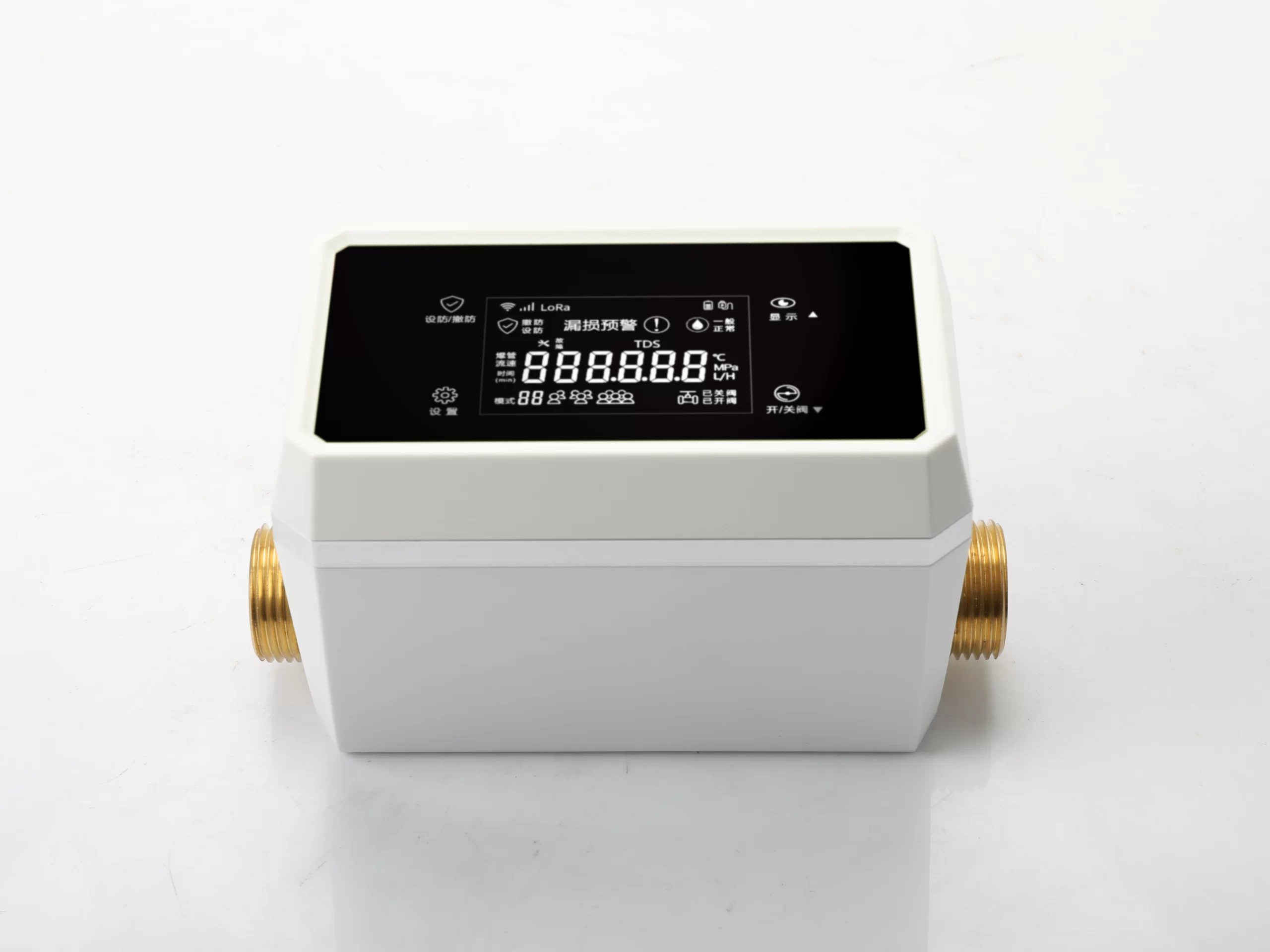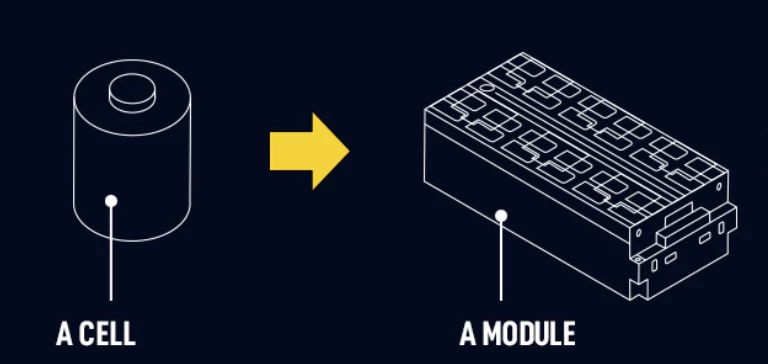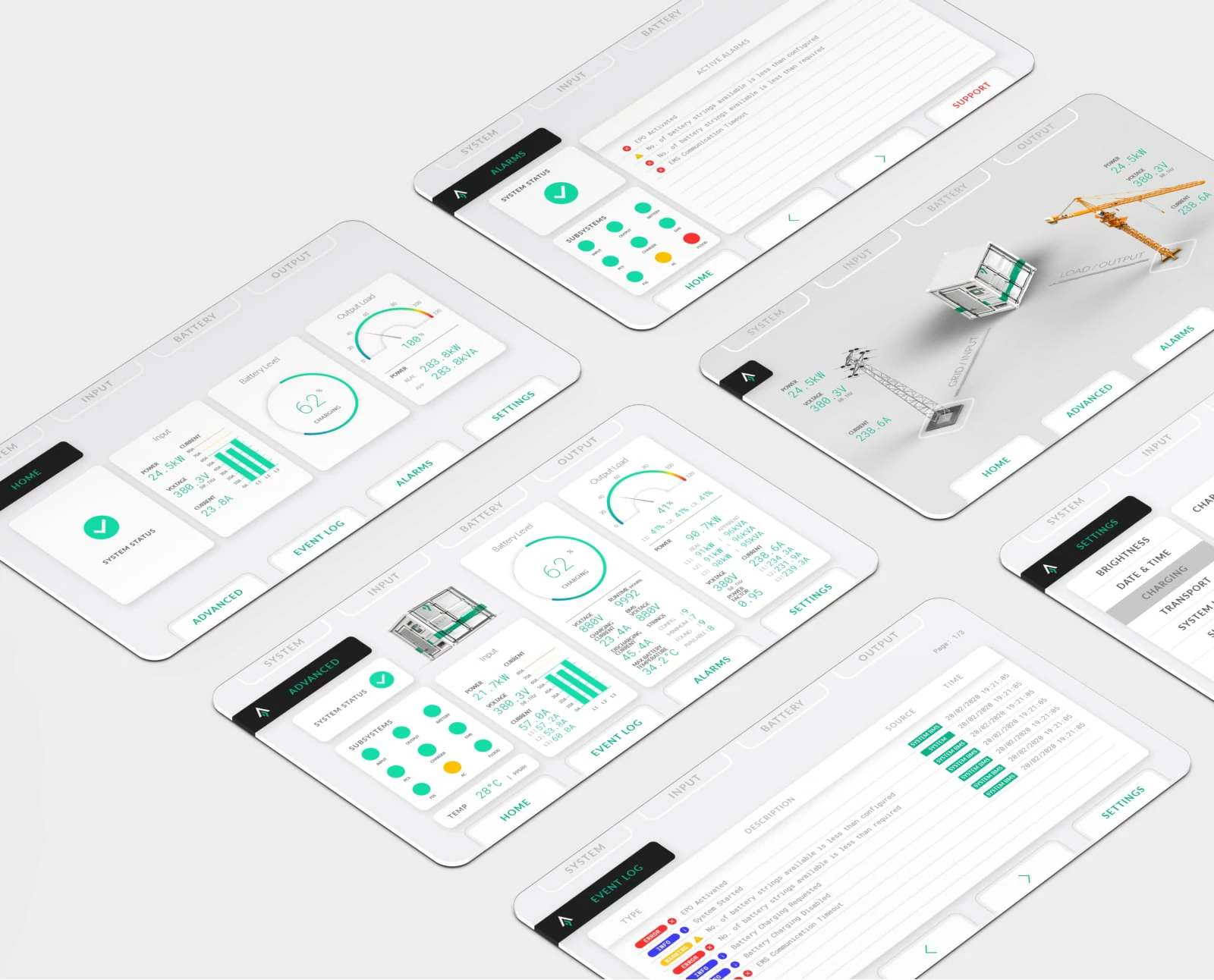intelligent safety valve The safety of battery packs has become...
EMS Basic Functions
Real-time monitoring
Status monitoring: real-time monitoring of the operating status of energy storage devices (such as batteries, inverters, etc.), such as voltage, current, power and other parameters.
Environmental monitoring: Monitors the impact of environmental conditions (such as temperature and humidity) on device performance.
Data collection and storage
Data acquisition: Collect data in real time from sensors and devices, organize and store it.
Historical data management: Saves historical data for subsequent analysis, and supports data backup and recovery.
Data analysis
Real-time data analysis: real-time data analysis, identification of abnormal situations, and timely alarm.
Trend analysis: Analyze historical data to identify energy consumption patterns and trends to provide a basis for decision making.
Optimize scheduling
Charge and discharge strategy: Based on grid demand, market price and environmental conditions, optimize the charge and discharge strategy of energy storage equipment.
Load balancing: Adjust the output of the energy storage system according to real-time load demand to ensure supply and demand balance.
Fault diagnosis and maintenance
Fault monitoring: real-time monitoring of system status, timely identification and reporting of faults.
Maintenance Suggestions: Based on the data analysis results, the system provides suggestions for device maintenance.
Report generation
Energy Consumption reports: Energy consumption reports are generated regularly to help users understand their energy usage.
Performance evaluation: Provides system performance evaluation reports to help users identify optimization Spaces.
User interface and interaction
Visual interface: Provides an intuitive user interface that shows key performance indicators and system status.
User interaction function: allows users to set parameters, adjust policies, and view real-time data and history.
Security management
Data security: Ensure the security of data transmission and storage against unauthorized access.
Compliance: Ensure that the system complies with relevant laws and regulations and industry standards.
Demand response
Demand adjustment: Automatically adjust the charge and discharge strategy of energy storage according to the demand signal of the power grid, and participate in demand response activities.
Market participation: Interact with the electricity market to optimize energy trading and reduce energy costs.
Integration and expansion
Third-party integration: Supports integration with other systems such as grid management, renewable energy systems, market trading platforms, etc.
Function expansion: Flexibly expand system functions based on requirements to meet the requirements of different application scenarios.

Home energy storage product series
A lithium battery pack for home energy storage systems, which is compatible with solar panels and the sun The inverter can work together with the power grid to power household appliances, and it can also be used as a For off grid systems.
Extended reading
THE ESSC Brand promise
Global supply
Our products sell well all over the world, covering many countries and regions, through the global logistics network, to provide customers with convenient purchasing experience.
Rigorous quality
We adhere to the highest quality control standards to ensure every product meets industry regulations and customer expectations, earning trust through consistent excellence.
Excellent service
With a customer-centric approach, we provide prompt responses, professional support, and personalized services, aiming to deliver the best user experience and long-term value.


